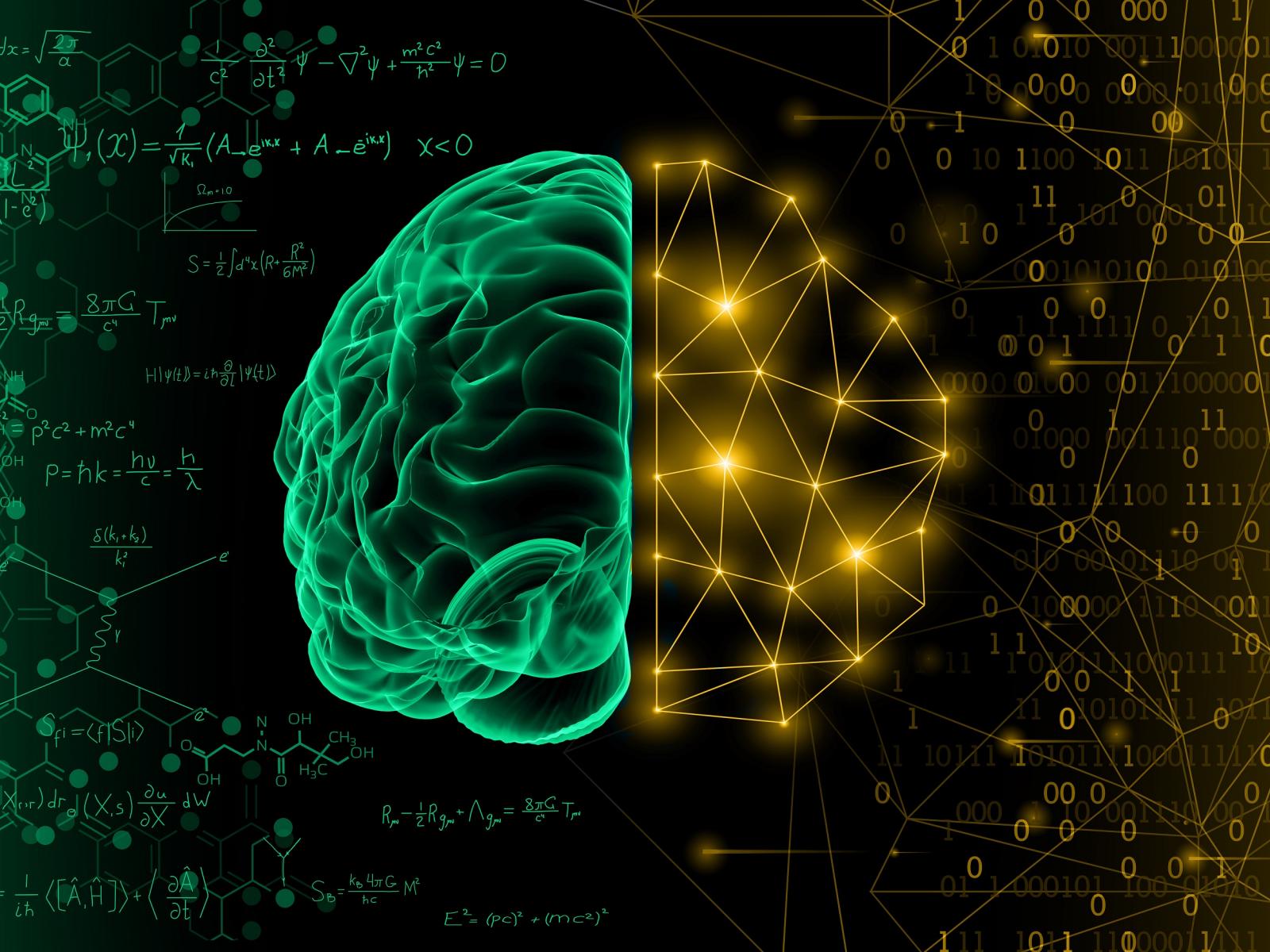Physics-Informed Machine Learning for Energy and Environment
Emerging applications in energy and environment

Image by Donald Jorgensen | Pacific Northwest National Laboratory
Lab-Level Communications Priority Topics
Computing
Grid
Emerging applications in energy and environment

Image by Donald Jorgensen | Pacific Northwest National Laboratory
Physics-informed machine learning (PIML) is a modeling approach that harnesses the power of machine learning (ML) and big data to improve the understanding of coupled, dynamic systems. With PIML, researchers are integrating physical knowledge into ML methods and, conversely, data driven modeling into traditional physics-based scientific computing, to address research problems in applied energy and environment domains. Examples of these domains include building control and coordination, grid situational awareness, and extreme weather prediction.
The PIML technique builds on advances in ML from increasingly available volumes of data, improvements to high performance computing, more efficient and higher performing algorithms, and software libraries which make the algorithms accessible. But many ML techniques are too specific for broad applications or too difficult to scale up or down. Also, ML techniques are purely data-driven, with performance strongly tied to the quality and quantity of data. Rich datasets are not always possible to obtain.
Through a set of “challenge pairs,” PNNL researchers are combining high quality data sets with simulation testbeds to address energy and environment problems that have proven difficult to solve using pure physics-based or ML-based techniques alone. The PIML approach is a transformative pairing that enhances predictive capabilities to tackle emerging challenges in energy resiliency, environmental stewardship, and national security.